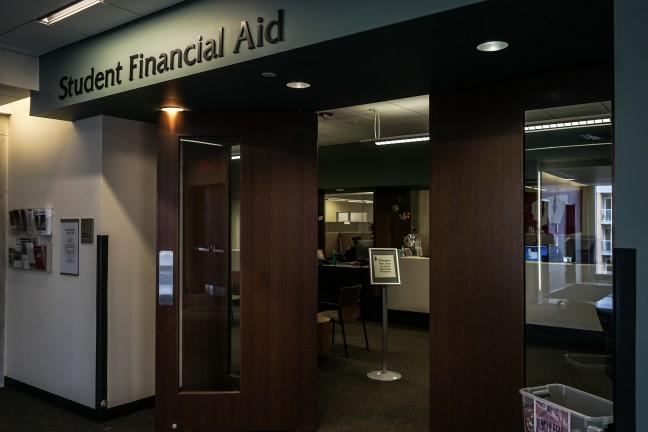The gap between financial aid for college students in the University of Wisconsin System and the cost of school has widened, leaving more students to bear the cost of college independently at the expense of dropping enrollment rates, according to a recent report from the Wisconsin Policy Forum.
A Little Help, a report conducted by Wisconsin Policy Forum Director Jason Stein, indicates that this trend has a disproportionate effect on students of color and could lead to skilled labor shortages in Wisconsin’s future.
Though the state’s demand for skilled labor has skyrocketed, the report found enrollment into Wisconsin’s colleges and universities has been declining faster than the national average.
Enrollment in Wisconsin’s universities and colleges has been declining over the past decade, falling from 384,181 in 2010 to 332,856 in 2019, according to the WPF’s report. Stein said in an interview with The Badger Herald that financial aid could be a key element in easing dropping enrollment.
“There is good empirical evidence to support the idea that financial aid can boost enrollment rates, it can boost retention rates and graduation rates,” Stein said. “Financial aid is a tool that could be used to chip away at some of the state’s skilled worker shortages.”
Wisconsin Public Radio reported that enrollment declines occur as students are forced to cover more of their own college costs than ever before. Students’ average unmet need, or the amount of college they must pay for, continues to rise, hitting a new high of $8,845 in 2021, according to reporting from WPR.
Stein said the true severity of the gap between costs of college and state provided financial aid is actually partially unrealized due to declining enrollment rates.
“You’re having these enrollment declines that are greater than the nation’s. That makes our per student funding numbers look somewhat better,” Stein said. “We’re constantly spreading that amount of aid that we have across fewer and fewer students.”
After a period of rapid growth in state spending on grants, loans and scholarships for undergraduate students from 2000-2011, spending levels have begun to stagnate, and even fall slightly in 2021. The stagnation in spending on grants and scholarships may affect students of color within the UW System more heavily, according to the report.
Currently, 57.2% of Black undergraduate students, 48.5% of Asian undergraduates and 45.3% of Latine students in the state received Pell Grants, which are a federal subsidies provided to students who need help paying for higher education, according to 2018 data in A Little Help.
UW-Madison education professor Nicholas Hillman said today’s students suffer from heavier financial burden than previous generations as the population is also becoming more multicultural and multi-racial.
“This means today’s students — many of whom are students of color, first in their families to attend colleges or from lower-income groups — face a fundamentally different higher education financing system that relies more on financial aid to cover expenses,” Hillman said.
The lack of funding for financial aid puts disproportionate pressure on students who may already have a substantial amount to balance between education, mental and physical health and personal life.
In an interview with WPR, Stein spoke about the precarious nature of financial instability and how the added pressure of paying for college may contribute to a student’s inability to graduate.
“The less financial aid that a student has, the more likely he or she is to have to work to pay for their education, and the more they have to work, the less likely they are to take a full course load,” Stein said to WPR. “The smaller course load they have, the more time it’s going to take them to graduate and the more time it takes them to graduate, the more likely it is that something’s going to come up and they never do graduate.”
The vast majority of funding for financial aid in the state of Wisconsin comes from state tax dollars, according to the WPF report.
According to State Higher Education Finance, 88% of state provided financial aid comes from tax appropriations and the remaining aid comes from local appropriations. As a result, it follows that to increase spending on financial aid may require an increase in state taxes for Wisconsin residents.
Stein said he has his doubts about the likelihood of future state legislation to change the tides of current trends surrounding financing higher education.
“There’s certainly the financial ability on the state’s part at this point to make change,” Stein said. “There is the potential for change, but there is no prospect for it in the here and now.”


